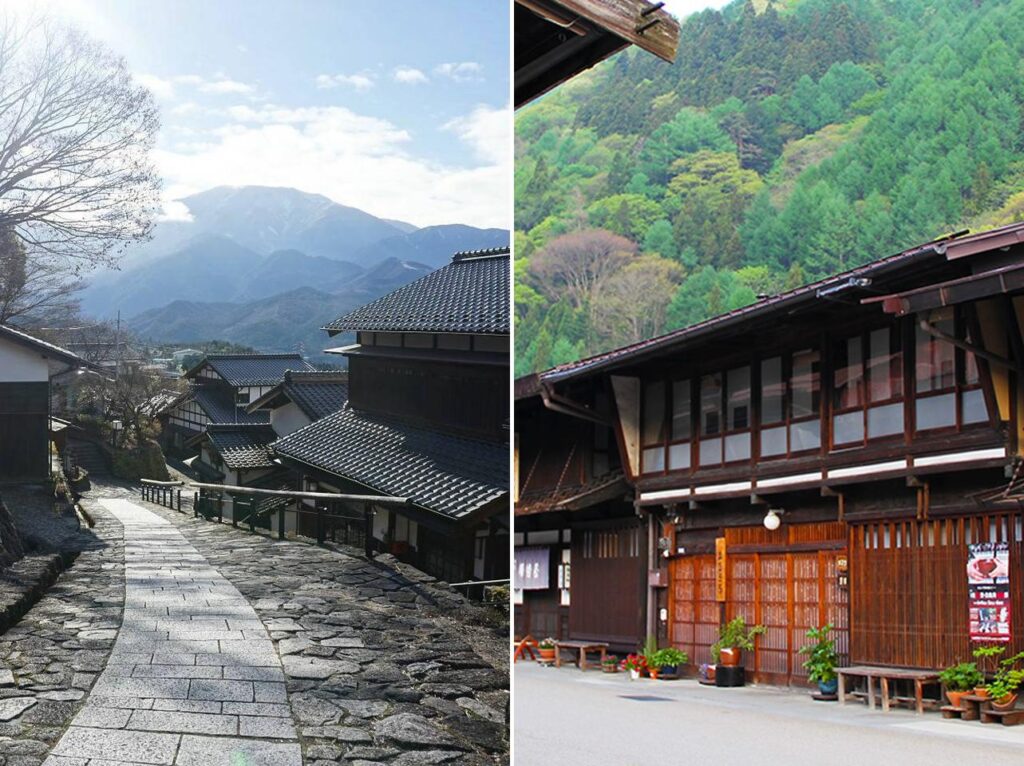Journey Through Time: Walking Japan’s Historic Nakasendo Road

The Ancient Pathway
The Nakasendo road, a historic route established in the 1600s, served as a vital trade and travel corridor between Kyoto and Edo, now known as Tokyo. Originally designed for military rulers, samurai, and warlords, this path was bustling with caravans and travelers, leading to the development of teahouses, shops, and accommodations along the way. Today, the Nakasendo road remains intact, weaving through central Japan and offering an epic walking itinerary that transports visitors back to the feudal era.
Exploring the Gifu Prefecture
A significant portion of the Nakasendo road runs through the Gifu prefecture, providing an ideal two-to-three-day walking experience. Starting in Ena city, travelers can visit the Hiroshige Museum of Art, which showcases ukiyo-e woodblock prints from the 19th century. These prints depict scenes of travelers, teahouses, and market towns, offering a visual narrative of life along the Nakasendo.
As you journey through the Gifu prefecture, you’ll encounter the atmospheric town of Ochiai. Here, a visit to a ‘honjin,’ an inn-turned-museum, reveals the security measures once necessary for traveling lords. The road’s sharp bends, characteristic of post towns, were designed to help travelers evade bandits. Continuing the ascent to the Jikkoku Pass, walkers can explore the Io-ji temple, dedicated to recovery from journeys, before reaching the preserved stone pavement section, reminiscent of the Edo era.
Immersing in Edo-Era Post Towns
The journey continues to the post town of Magome, set against the backdrop of the snow-capped Kiso mountains. This bustling pitstop offers spacious restaurants and roadside stalls serving traditional snacks like rice balls and miso. Magome’s 17th-century high street, with its dark wood houses and sake breweries, invites exploration. Nearby, the Manpuku-an Eishoji Buddhist temple, with its giant bell and gilded lanterns, adds to the historical ambiance.
Crossing into the Nagano prefecture, the town of Tsumago offers a pristinely preserved glimpse into the past. Cars are prohibited, and traditional screen doors and concealed power lines maintain the town’s historical integrity.
Staying in Traditional Ryokans
To fully embrace the historic experience, travelers can stay in a ‘ryokan,’ a traditional Japanese inn. Ryokan Ichikawa in Ena city, with its tatami matting, futon beds, and communal bathing areas, offers a taste of Edo-era hospitality. Guests are treated to a seven-course meal, featuring delicacies like Hida beef and steamed shrimp dumplings, hosted by the innkeepers in silk kimonos.
Walking the Nakasendo road is more than a journey through Japan’s scenic landscapes; it’s a step back in time, offering a unique blend of history, culture, and tradition.









